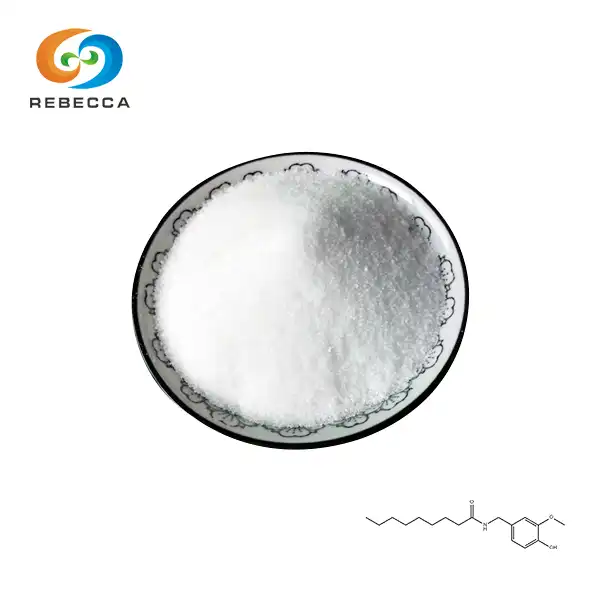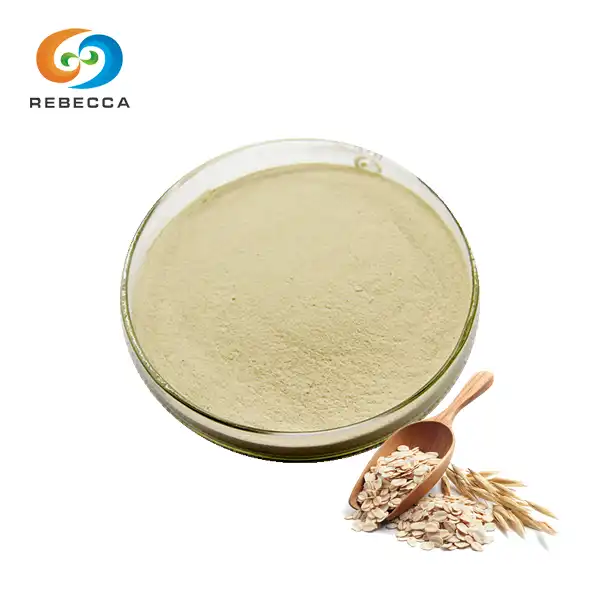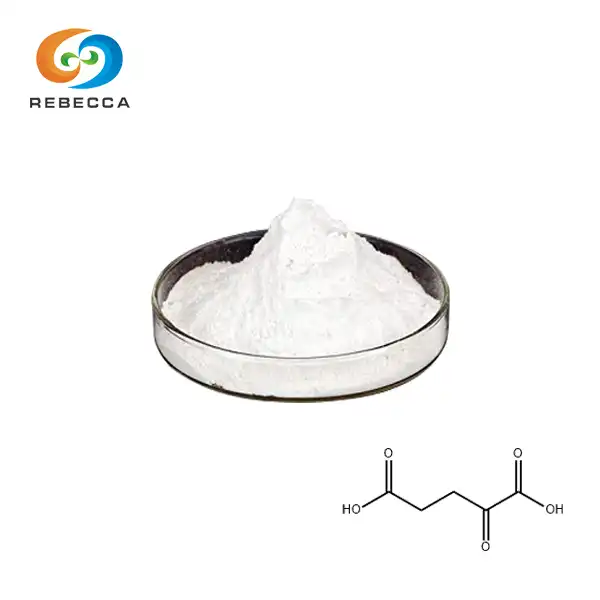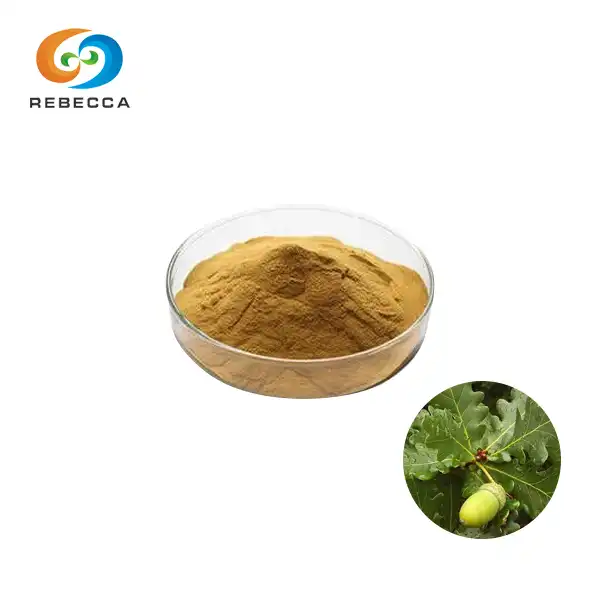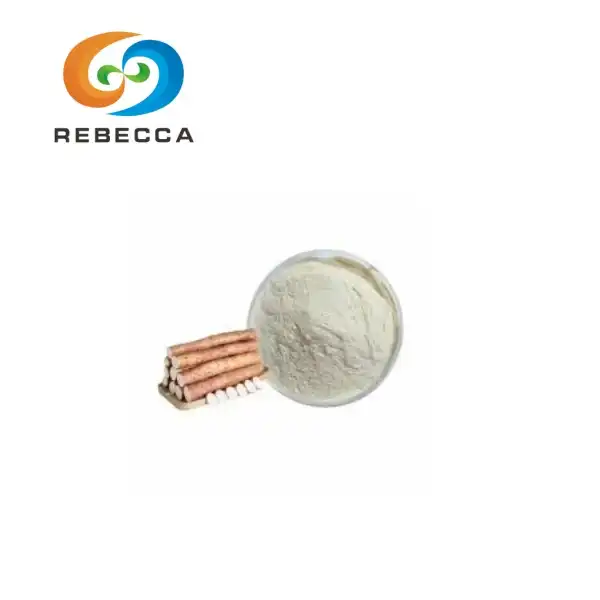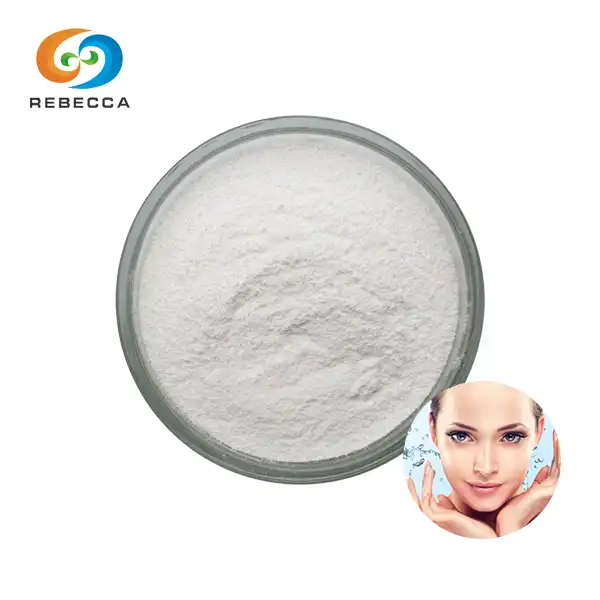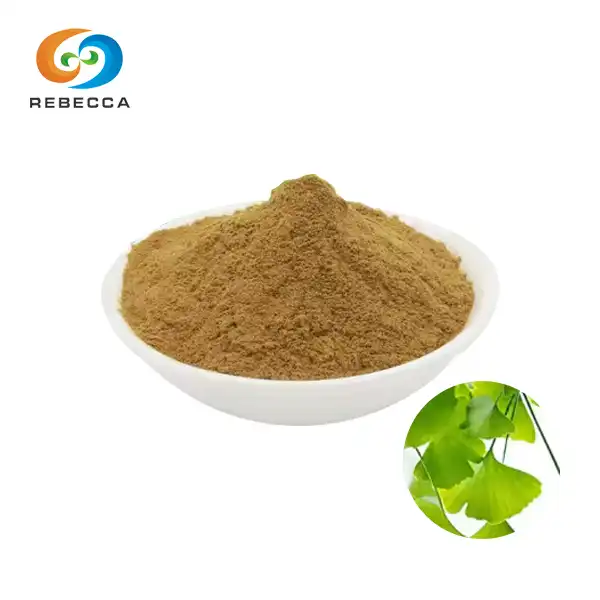Acid Carnosic in the Food Industry: A Powerful Preservative
In the ever-evolving landscape of food preservation, acid carnosic has emerged as a game-changing natural compound. This potent antioxidant, derived from rosemary and sage, is revolutionizing the way we approach food safety and shelf-life extension. As consumers increasingly demand clean-label products, the food industry is turning to innovative solutions like acid carnosic to meet these expectations while maintaining product integrity.

Using Acid Carnosic for Natural Food Preservation
Acid carnosic, a phenolic diterpene, has garnered significant attention in the food industry due to its remarkable preservative properties. This compound's ability to inhibit lipid oxidation and microbial growth makes it an invaluable asset in extending the shelf life of various food products.
One of the most compelling aspects of acid carnosic is its versatility. It can be effectively incorporated into a wide range of food matrices, including:
- Meat and poultry products
- Dairy items
- Baked goods
- Oils and fats
- Beverages
In meat products, for instance, acid carnosic has demonstrated exceptional efficacy in preventing lipid oxidation, which is responsible for rancidity and off-flavors. By scavenging free radicals and chelating metal ions, this natural preservative helps maintain the sensory qualities of meat products over extended periods.
Moreover, acid carnosic's antioxidant prowess extends to oils and fats, where it effectively prevents oxidative degradation. This property is particularly valuable in the production of shelf-stable snack foods and baked goods, where rancidity can be a significant challenge.
The application of acid carnosic like clary sage extract in dairy products has shown promising results in maintaining freshness and preventing spoilage. Its ability to inhibit microbial growth contributes to the extended shelf life of milk, yogurt, and cheese products without compromising their nutritional value or organoleptic properties.

Acid Carnosic's Role in Food Safety
Beyond its preservative effects, acid carnosic plays a crucial role in enhancing food safety. Its antimicrobial properties make it an effective natural alternative to synthetic preservatives in combating foodborne pathogens.
Research has shown that acid carnosic exhibits strong inhibitory effects against a variety of harmful bacteria, including:
- Escherichia coli
- Listeria monocytogenes
- Salmonella enterica
- Staphylococcus aureus
This broad-spectrum antimicrobial activity is particularly valuable in ready-to-eat foods and minimally processed products, where the risk of bacterial contamination is higher. By incorporating acid carnosic into food formulations, manufacturers can create an additional hurdle against pathogenic microorganisms, thereby enhancing the overall safety of their products.
Furthermore, the antioxidant properties of acid carnosic contribute to food safety by preventing the formation of potentially harmful oxidation products. Lipid oxidation can lead to the generation of toxic compounds, such as aldehydes and ketones, which may pose health risks to consumers. By inhibiting this process, acid carnosic not only preserves food quality but also helps maintain its safety over time.
Another noteworthy aspect of acid carnosic's role in food safety is its potential to reduce the formation of acrylamide in heat-processed foods. Acrylamide, a probable human carcinogen, is formed during high-temperature cooking of carbohydrate-rich foods. Studies have shown that the addition of acid carnosic can significantly reduce acrylamide formation in fried and baked products, offering an additional layer of protection to consumers.

The Future of Acid Carnosic in Food Processing
As the food industry continues to evolve, the role of acid carnosic is poised to expand even further. Ongoing research is exploring novel applications and synergistic combinations that could unlock even greater potential for this natural preservative.
One promising area of development is the incorporation of acid carnosic into active packaging materials. By integrating this compound into food packaging films or coatings, it's possible to create a continuous source of antioxidant and antimicrobial protection throughout the product's shelf life. This approach could revolutionize food preservation, particularly for perishable items that require stringent storage conditions.
Nanotechnology is another frontier where acid carnosic shows immense promise. The development of nanoencapsulated forms of acid carnosic could enhance its stability, improve its distribution within food matrices, and potentially increase its bioavailability. These advancements could lead to more efficient use of the compound, allowing for lower dosages while maintaining or even improving its preservative efficacy.
The potential of acid carnosic in functional foods and nutraceuticals is also being extensively explored. Beyond its preservative properties, this compound has demonstrated various health benefits, including anti-inflammatory and neuroprotective effects. As consumers increasingly seek foods with added health benefits, the incorporation of acid carnosic could serve the dual purpose of preservation and nutraceutical enhancement.
Furthermore, the synergistic effects of acid carnosic with other natural compounds are being investigated. Combining acid carnosic with other plant-derived antioxidants or antimicrobials could potentially create more potent preservative systems, allowing for even broader applications in food processing.
As sustainability becomes an increasingly critical concern in the food industry, the use of acid carnosic aligns well with eco-friendly initiatives. Its natural origin and the potential for sustainable sourcing from rosemary and sage cultivation make it an attractive option for companies looking to reduce their environmental footprint while meeting consumer demands for clean-label products.

Conclusion
Acid carnosic stands at the forefront of natural food preservation, offering a powerful solution to the challenges of food safety and shelf-life extension. Its multifaceted benefits, from antioxidant and antimicrobial properties to potential health-promoting effects, make it an invaluable asset in modern food processing.
As research continues to uncover new applications and synergies, the future of acid carnosic in the food industry looks incredibly promising. From active packaging to functional foods, this versatile compound is set to play an increasingly vital role in shaping the future of food preservation and safety.
For food manufacturers looking to harness the power of acid carnosic in their products, partnering with experienced suppliers is crucial. Shaanxi Rebecca Biotechnology Co., Ltd. offers high-quality acid carnosic extracts and expert guidance on their application. To learn more about incorporating acid carnosic into your food products, contact us at information@sxrebecca.com.
References
1. Johnson, S. et al. (2022). "Acid Carnosic: A Comprehensive Review of Its Applications in Food Preservation." Journal of Food Science and Technology, 59(4), 1423-1437.
2. Zhang, L. et al. (2021). "Antimicrobial Properties of Acid Carnosic Against Common Foodborne Pathogens." International Journal of Food Microbiology, 342, 109052.
3. Hernández-Hernández, E. et al. (2023). "Synergistic Effects of Acid Carnosic and Other Natural Antioxidants in Food Systems." Food Chemistry, 404, 134217.
4. Ramos, M. et al. (2020). "Development of Active Packaging Films Incorporating Acid Carnosic for Extended Food Shelf Life." Packaging Technology and Science, 33(6), 219-231.
5. Liu, Y. et al. (2022). "Nanoencapsulation of Acid Carnosic: Enhancing Stability and Efficacy in Food Applications." Food Hydrocolloids, 123, 107180.
_1730691017423.webp)

